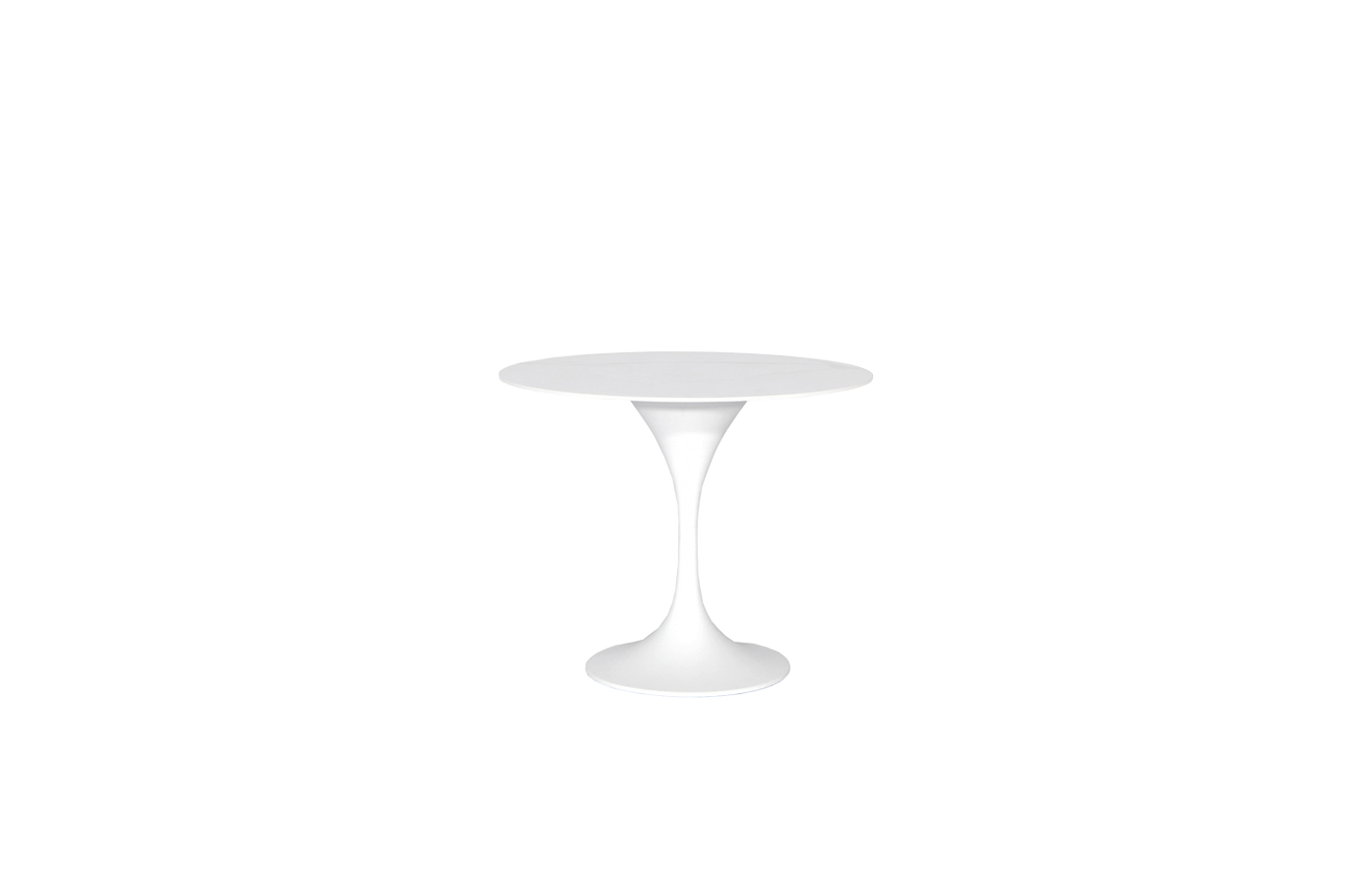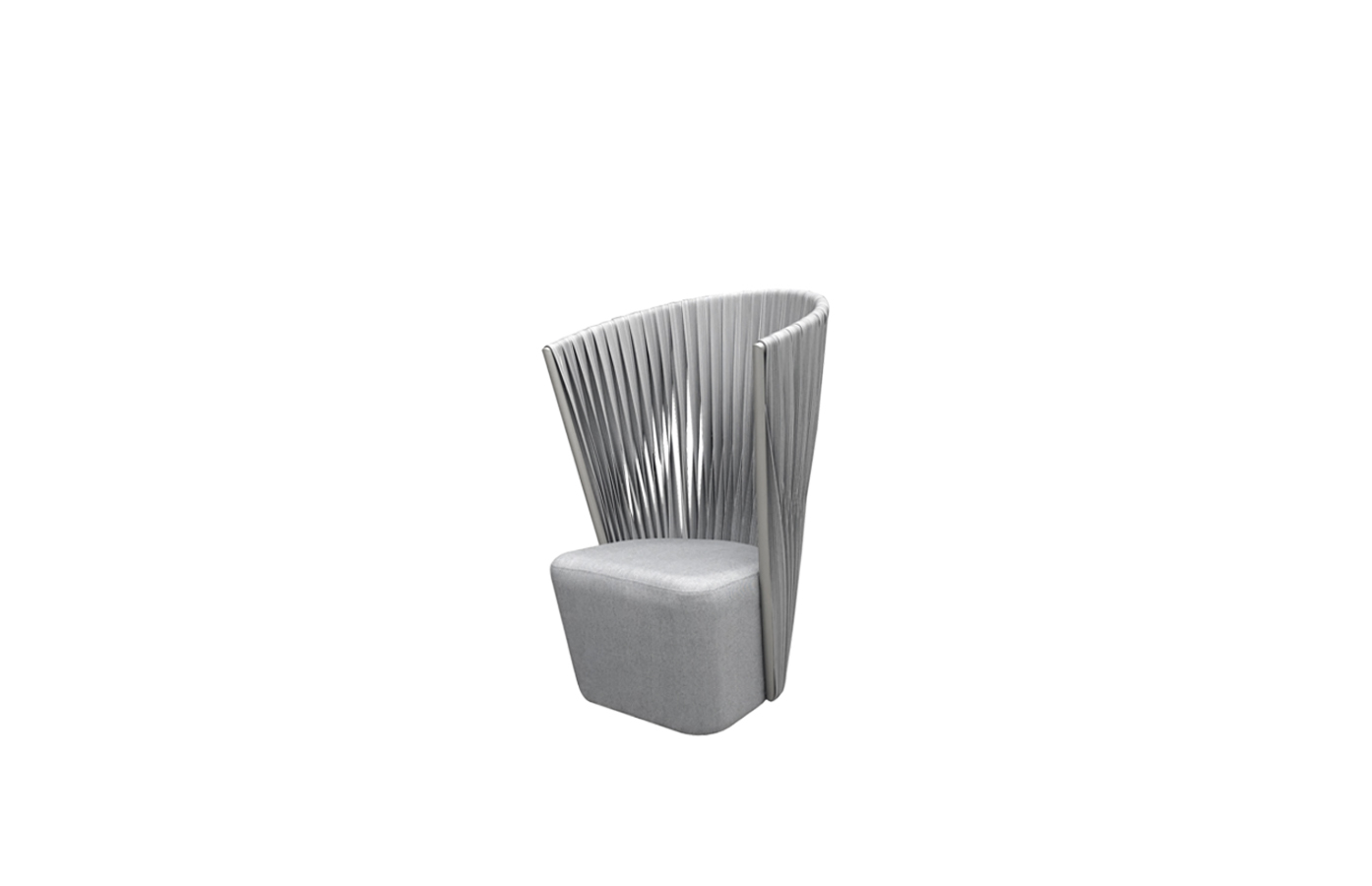When it comes to interior design, every piece of furniture has its role, and the low coffee table is no exception. A low coffee table can be both a functional and aesthetic addition to your living room, serving as a spot for drinks, books, and decorative items while tying the room together. In this comprehensive guide, we will explore the various styles, materials, and considerations for selecting the perfect low coffee table for your home.
**Understanding the Role of a Low Coffee Table**
Low coffee tables are typically under 18 inches in height, making them an excellent choice for relaxed, informal settings. They encourage a cozy atmosphere by inviting people to gather around them, whether for a casual chat over coffee or a game night with friends. Their stylish design can also serve as a focal point and a conversation starter in your living room.
**Styles of Low Coffee Tables**
1. **Modern Low Coffee Tables**: Characterized by clean lines and minimalist features, modern low coffee tables often use materials like glass, metal, or polished wood. These tables come in a variety of shapes—round, square, or rectangular—and can make a bold statement in a contemporary setting.
2. **Rustic Low Coffee Tables**: If your style leans towards the farmhouse or bohemian aesthetic, a rustic low coffee table, often crafted from reclaimed wood or featuring distressed finishes, can add warmth and character to your room. These tables may include unique details such as wood knots, metal accents, or built-in storage.
3. **Mid-Century Modern Low Coffee Tables**: This timeless style is defined by minimalist designs and organic shapes. Mid-century low coffee tables often utilize warm woods like walnut or teak and incorporate playful, retro colors. Their tapered legs and rounded edges evoke a sense of nostalgia that can seamlessly fit into various decor themes.
4. **Industrial Low Coffee Tables**: If you’re aiming for an urban, edgy vibe, industrial low coffee tables, usually made from a combination of reclaimed wood and metal, are the way to go. Their rugged appearance, often featuring raw finishes and visible welds, adds an unmistakable character to your space.

The Ultimate Guide to Choosing the Perfect Low Coffee Table for Your Living Space: Styles, Materials, and Tips for a Cozy Home
5. **Bohemian Low Coffee Tables**: Incorporating natural elements, vibrant colors, and intricate designs, bohemian low coffee tables often use materials like wicker, rattan, or mosaic tiles. These tables showcase artistic flair and invite a relaxed, carefree lifestyle.
**Materials of Low Coffee Tables**
Choosing the right material for your low coffee table is crucial for durability and aesthetics. Here are some popular choices:
– **Wood**: A classic choice that brings warmth to any room. Different types of wood, such as oak, maple, or walnut, offer varied grains and colors. Wooden tables can be stained, painted, or left natural for different aesthetics, making them versatile for any decor.
– **Glass**: A stylish option that can make small spaces feel larger. Glass top tables often have a base made of metal or wood and can impart a sleek and airy feel to your room. Just be sure to consider the practicality of cleaning glass surfaces.
– **Metal**: Often used in industrial designs, metal tables can offer strength and a modern look. Whether stainless steel, wrought iron, or brass, metal tables bring a unique industrial edge to your space.

The Ultimate Guide to Choosing the Perfect Low Coffee Table for Your Living Space: Styles, Materials, and Tips for a Cozy Home
– **Marble or Stone**: For a touch of luxury, consider low coffee tables that feature marble or stone tops. These materials are heavy and durable, often becoming a stunning focal point.
**Considerations for Choosing Your Low Coffee Table**
1. **Size**: Ensure that the low coffee table is proportionate to your seating arrangement. It should ideally be about two-thirds the length of your sofa and 12-18 inches away from seating for easy reach.

The Ultimate Guide to Choosing the Perfect Low Coffee Table for Your Living Space: Styles, Materials, and Tips for a Cozy Home
2. **Functionality**: Think about how you will use your coffee table. Do you want it to double as a storage unit? Consider those with drawers or shelves. If you regularly entertain guests, a larger table might be needed.
3. **Style Compatibility**: The table should complement your existing decor. Consider colors, materials, and textures when making your choice to ensure a cohesive look in your living room.
4. **Shape**: The shape of your low coffee table can influence the flow of your space. Round tables work well in smaller settings or with sectionals, while rectangular tables suit larger living areas.
5. **Maintenance**: Lastly, factor in maintenance. Some materials require more upkeep than others. For example, glass and marble may need more regular cleaning to avoid showing fingerprints, while wooden tables may require occasional polishing.
In conclusion, a low coffee table is not just an accessory; it’s an essential component of your living room that enhances both function and style. By considering the various styles, materials, and practical aspects involved, you can find the perfect low coffee table that suits your lifestyle and decor. Happy decorating! Recliner Single Sofa



